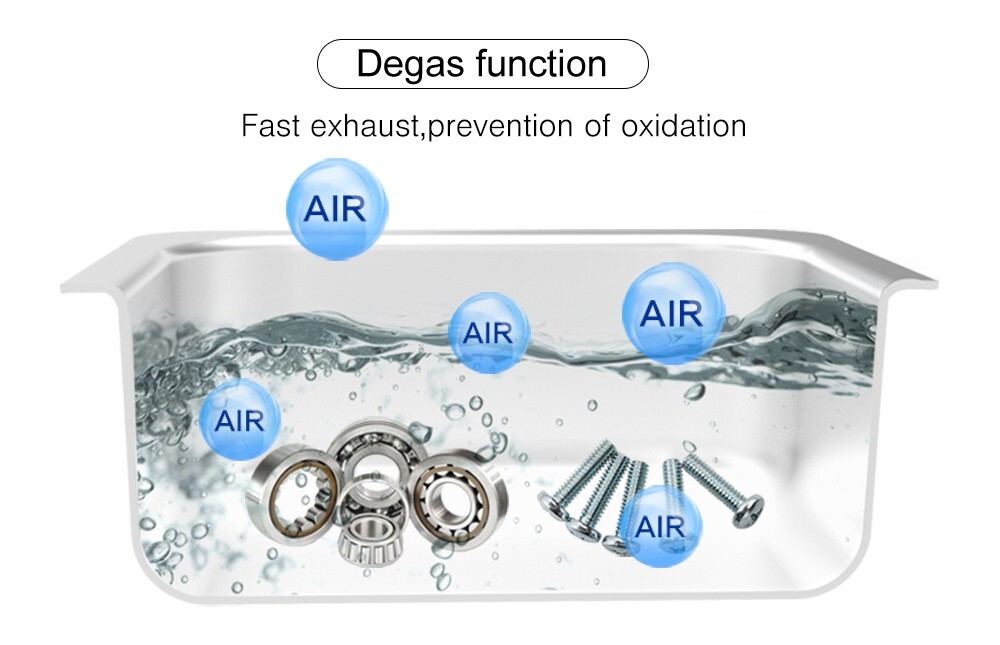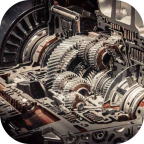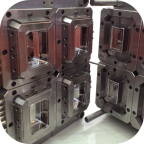Ultrasonic Cavitation and Cleaning and Solutions
Browse Volume:1474 Classify:Support

Ultrasonic Degas
A: Dirty items come clean in ultrasonic cleaning systems when millions of superheated bubbles scrub grime and oxidation away with stunning results. How? Through the process of de-cavitation. Imagine the ability to get into the tiniest of nooks and crannies where dirt and grime hide and then imagine scrubbing that surface ultra clean. With conventional cleaning – brushes, rags, and elbow grease – this task seems impossible. But the cavitating cleaning action of an ultrasonic cleaning system does just that – It goes where brush bristles can’t.

Ultrasonic Frequency
Q: What Are The Components for Ultrasonic Cavitation and Cleaning?
A: Ultrasonic waves, heat and an ultrasonic cleaning solution are the three components at the heart of an ultrasonic cleaning system. Ultrasonic waves sonically cavitate and heat the ultrasonic cleaning solution, causing these three components to work together creating an environment where dirt, grime, and oxidation melt away from a dirty surface. When the three components, ultrasonic waves, heat, and ultrasonic cleaning solutions come together, ultrasonic cleaning produces jaw-dropping results. Ultrasonic cleaning is simply a superior form of cleaning that replaces hours of intensive labor and inferior cleaning results and removes the need for flammable solvents.

Ultrasonic Cleaning Solutions
Q: Are There Different Types Of Ultrasonic Cleaning Solutions?
A: Three types of ultrasonic cleaning solutions: mild alkaline, mild acid, and solvent replacement. Which ultrasonic cleaning solution an ultrasonic cleaning process requires depends on what type of grime or deposit is being removed. The mild alkaline ultrasonic cleaning solution is suited for the cleaning of oily parts. This agent works by breaking down the ionic bond that has formed between an oil and a metal. As the part is cleaned, the oil is dissolved and is dispersed into the liquid. The mild acid ultrasonic cleaning solution is suited for removing rust and oxidation. An oxide remover, the mild acid solution is suited for applications where oxidation has coated the surface of the part.
 Granbo Ultrasonic
Granbo Ultrasonic















Hello!